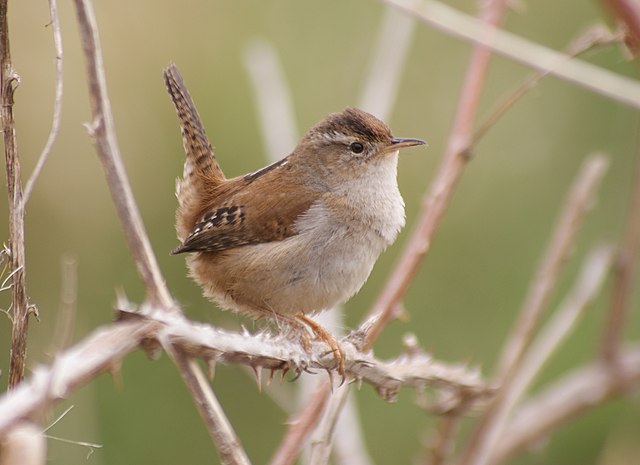Common reed, scientifically known as Phragmites australis, is a versatile wetland grass with several benefits and uses for landscaping and ecological restoration. Here are some of the advantages and ways common reed can be incorporated into landscaping:
1. Erosion Control:
- Common reed has an extensive root system that helps stabilize soil and prevent erosion along riverbanks, shorelines, and wetland areas. Its dense growth creates a natural buffer against water currents and waves.
2. Water Filtration:
- This grass can act as a natural filter for water bodies. It helps remove excess nutrients, sediments, and pollutants from runoff water, improving water quality.
3. Wildlife Habitat:
- Common reed provides habitat and nesting sites for various bird species, such as red-winged blackbirds, marsh wrens, and waterfowl. It also offers cover for small mammals and amphibians.

SONY DSC
4. Aesthetic Appeal:
- When properly managed, common reed can create a visually appealing landscape in wetland and riparian areas. Its tall, feathery seed heads and green foliage add texture and interest.
5. Wetland Restoration:
- In ecological restoration projects, common reed can be used to revegetate or enhance wetland ecosystems. It helps restore native plant communities and supports wildlife populations.
6. Phytoremediation:
- Common reed has the ability to absorb and store heavy metals and other contaminants from the soil. In polluted environments, it can be used for phytoremediation to improve soil quality.
7. Livestock Forage:
- In some regions, common reed is used as forage for livestock, particularly in areas where it thrives. Its high biomass production can provide supplemental feed for grazing animals.
8. Biomass Production:
- Common reed has potential as a biomass crop for bioenergy production. It can be harvested and used for biofuel or as a source of fiber for paper production.
9. Windbreak and Privacy Screen:
- When planted densely, common reed can serve as a windbreak or privacy screen, creating a barrier to protect gardens or outdoor spaces from strong winds or prying eyes.
10. Soil Stabilization:
– In addition to erosion control, common reed helps stabilize soil in areas prone to land subsidence or soil degradation.
11. Crafting and Decoration: –
Common reed stems and seed heads have been used in traditional crafts, such as thatch roofing, basket weaving, and decorative arrangements.
12. Educational Purposes:
– Landscaping with common reed can provide educational opportunities to teach about wetland ecosystems, native plants, and wildlife conservation.
It’s important to note that common reed can become invasive in some areas, outcompeting native plants and altering ecosystems. Therefore, it should be used thoughtfully and managed appropriately to prevent its spread in regions where it is considered invasive. Always check with local authorities and conservation organizations for guidance on using common reed in your specific location.











